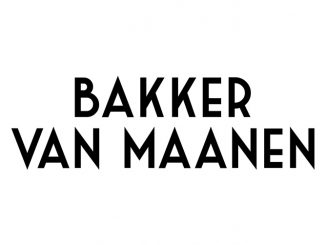
Dit artikel van Emma Seppala en Kim Cameron, dat op de site van Harvard Business Review verscheen, gaat in op de kosten van medewerkers die niet gelukkig zijn in hun werk en wat je kunt doen om een positieve werkcultuur te creëren.
Proof That Positive Work Cultures Are More Productive
Too many companies bet on having a cut-throat, high-pressure, take-no-prisoners culture to drive their financial success.
But a large and growing body of research on positive organizational psychology demonstrates that not only is a cut-throat environment harmful to productivity over time, but that a positive environment will lead to dramatic benefits for employers, employees, and the bottom line.
Second is the cost of disengagement. While a cut-throat environment and a culture of fear can ensure engagement (and sometimes even excitement) for some time, research suggests that the inevitable stress it creates will likely lead to disengagement over the long term. Engagement in work — which is associated with feeling valued, secure, supported, and respected — is generally negatively associated with a high-stress, cut-throat culture.
And disengagement is costly. In studies by the Queens School of Business and by the Gallup Organization, disengaged workers had 37% higher absenteeism, 49% more accidents, and 60% more errors and defects. In organizations with low employee engagement scores, they experienced 18% lower productivity, 16% lower profitability, 37% lower job growth, and 65% lower share price over time. Importantly, businesses with highly engaged employees enjoyed 100% more job applications.
Lack of loyalty is a third cost. Research shows that workplace stress leads to an increase of almost 50% in voluntary turnover. People go on the job market, decline promotions, or resign. And the turnover costs associated with recruiting, training, lowered productivity, lost expertise, and so forth, are significant. The Center for American Progress estimates that replacing a single employee costs approximately 20% of that employee’s salary.
For these reasons, many companies have established a wide variety of perks from working from home to office gyms. However, these companies still fail to take into account the research. A Gallup poll showed that, even when workplaces offered benefits such as flextime and work-from-home opportunities, engagement predicted wellbeing above and beyond anything else. Employees prefer workplace wellbeing to material benefits.
Wellbeing comes from one place, and one place only — a positive culture.
Creating a positive and healthy culture for your team rests on a few major principles. Our own research (see here and here) on the qualities of a positive workplace culture boils down to six essential characteristics:
- Caring for, being interested in, and maintaining responsibility for colleagues as friends.
- Providing support for one another, including offering kindness and compassion when others are struggling.
- Avoiding blame and forgive mistakes.
- Inspiring one another at work.
- Emphasizing the meaningfulness of the work.
- Treating one another with respect, gratitude, trust, and integrity.
As a boss, how can you foster these principles? The research points to four steps to try:
1. Foster social connections.
2. Show empathy.
3. Go out of your way to help.
4. Encourage people to talk to you – especially about their problems.
Lees hier het volledige artikel.



